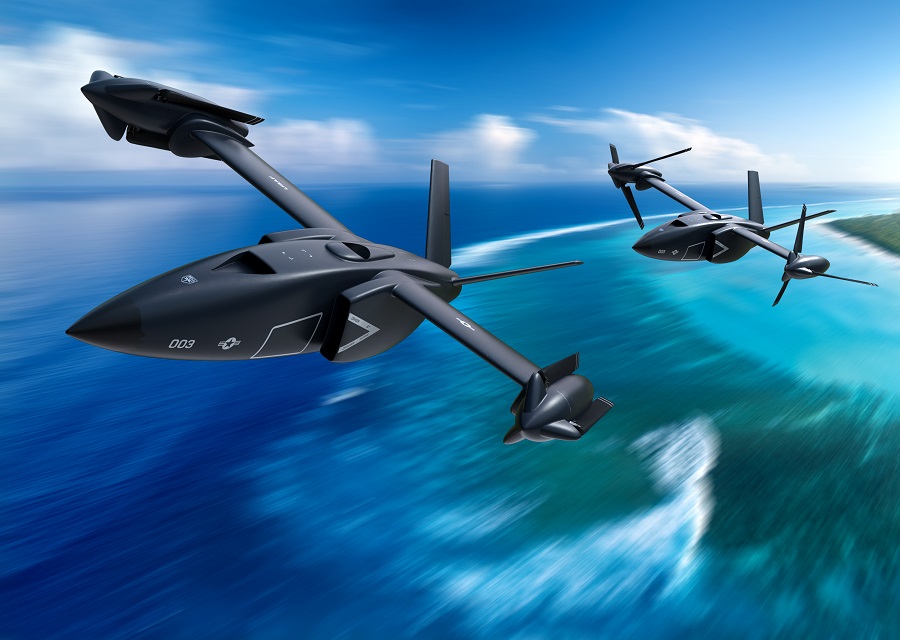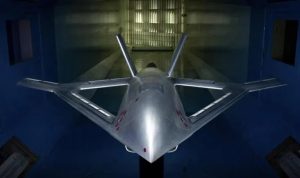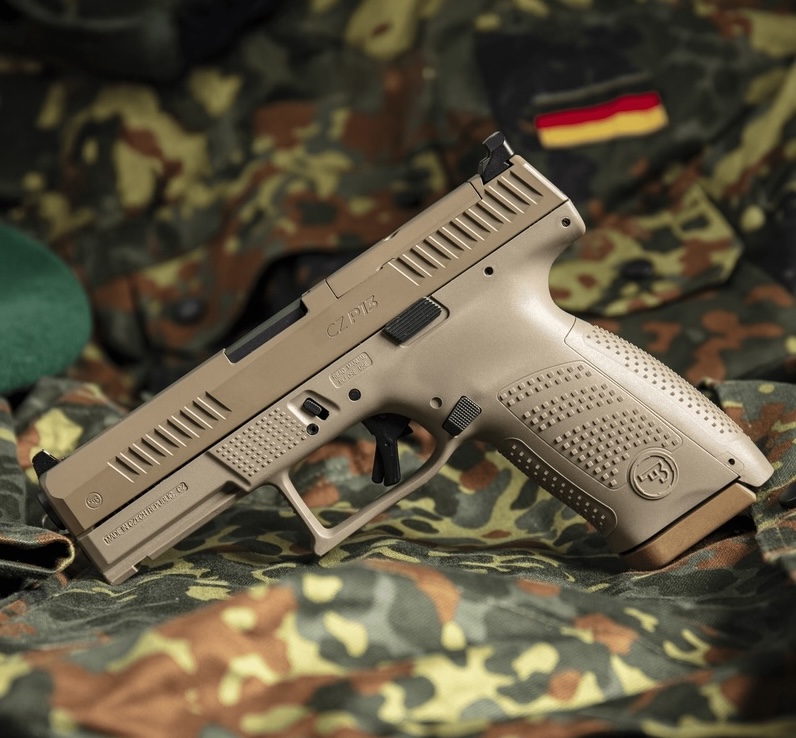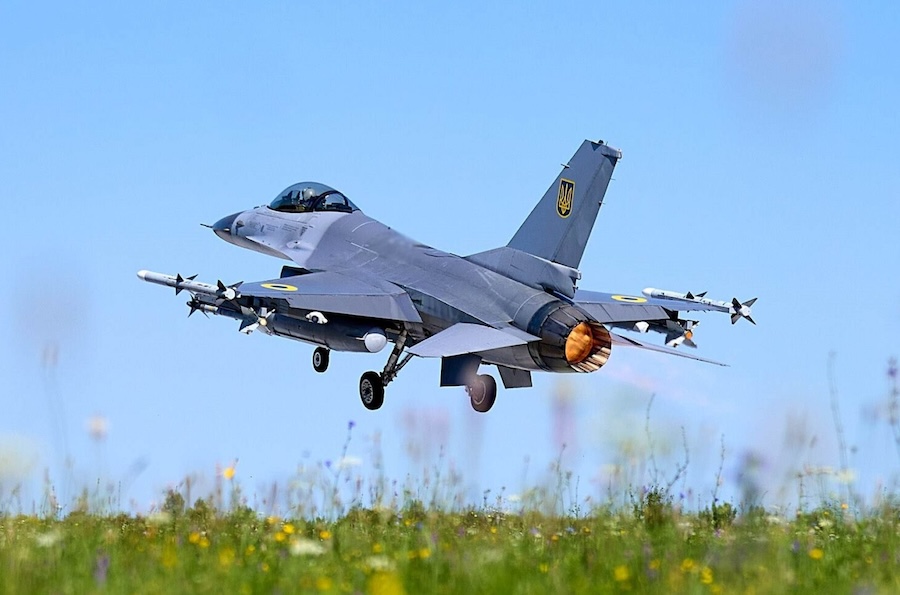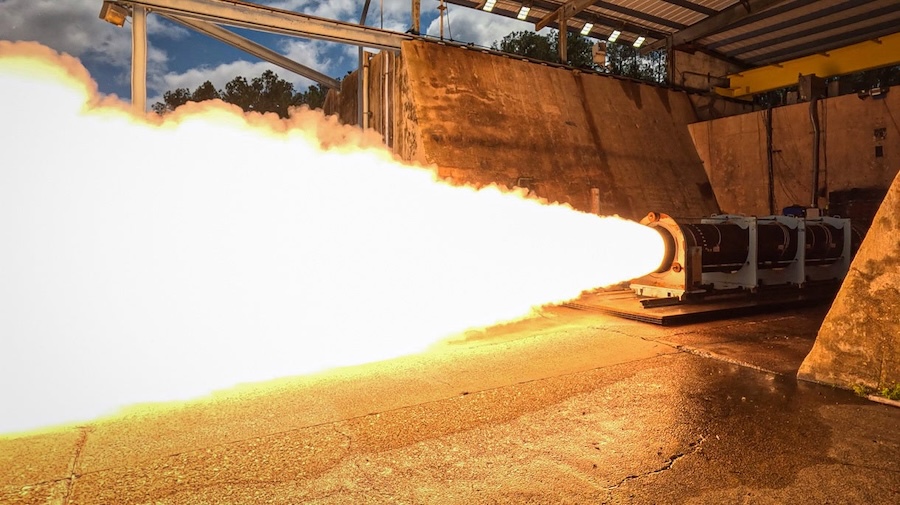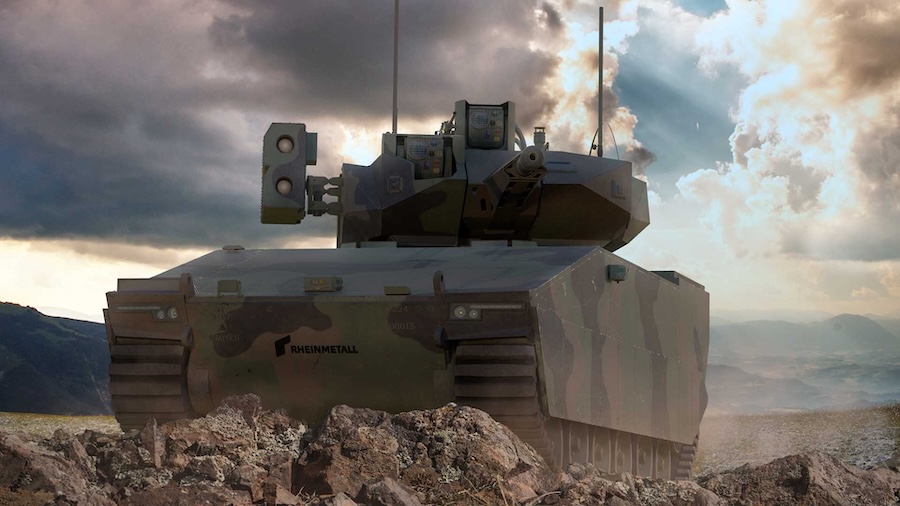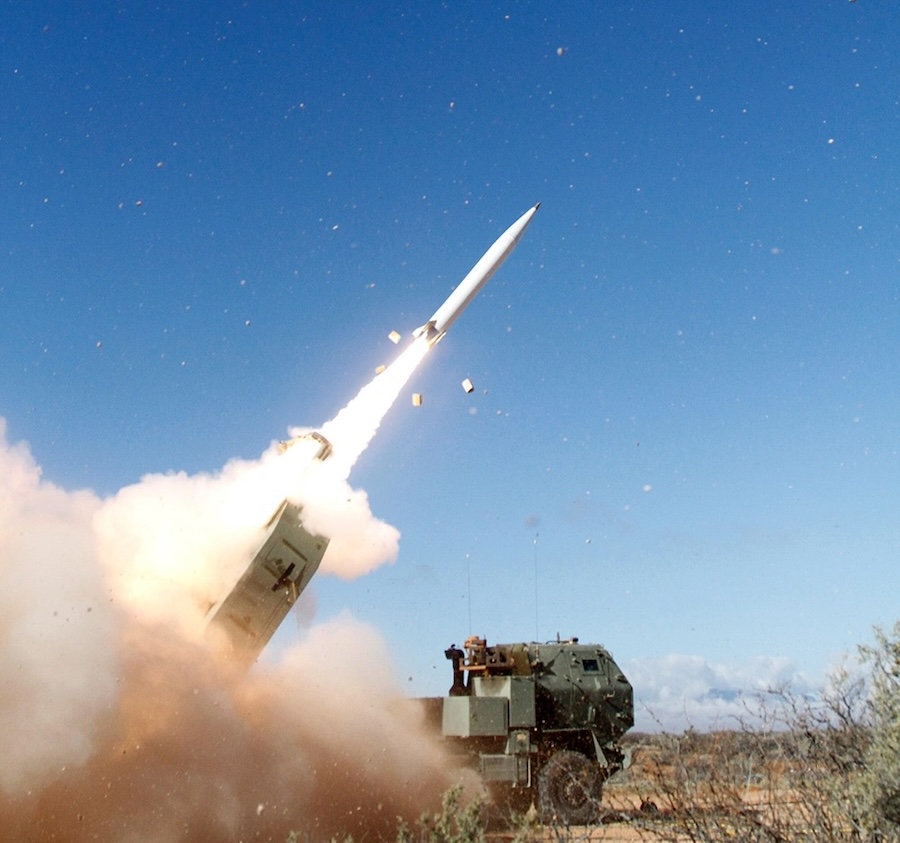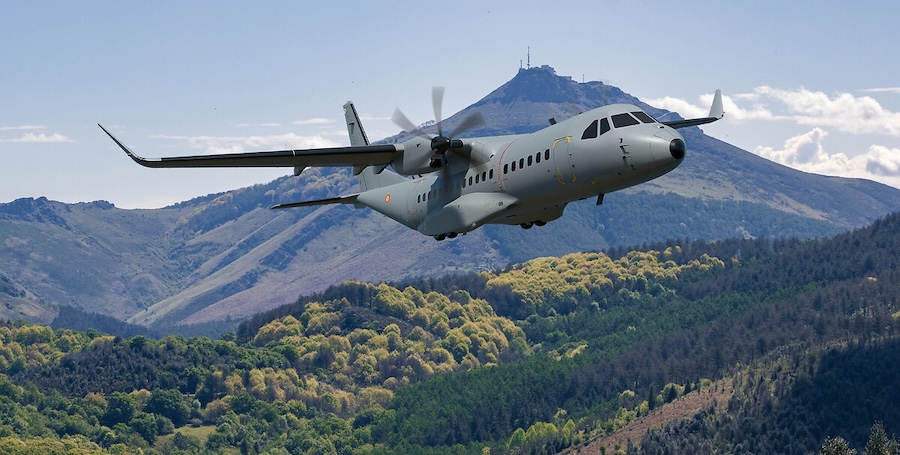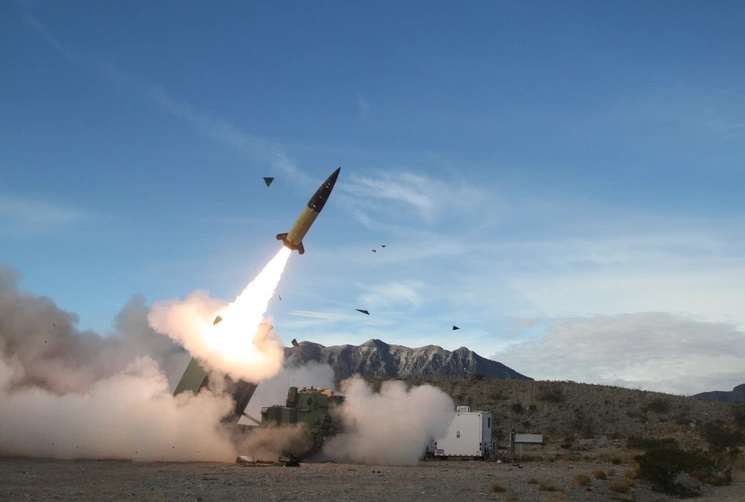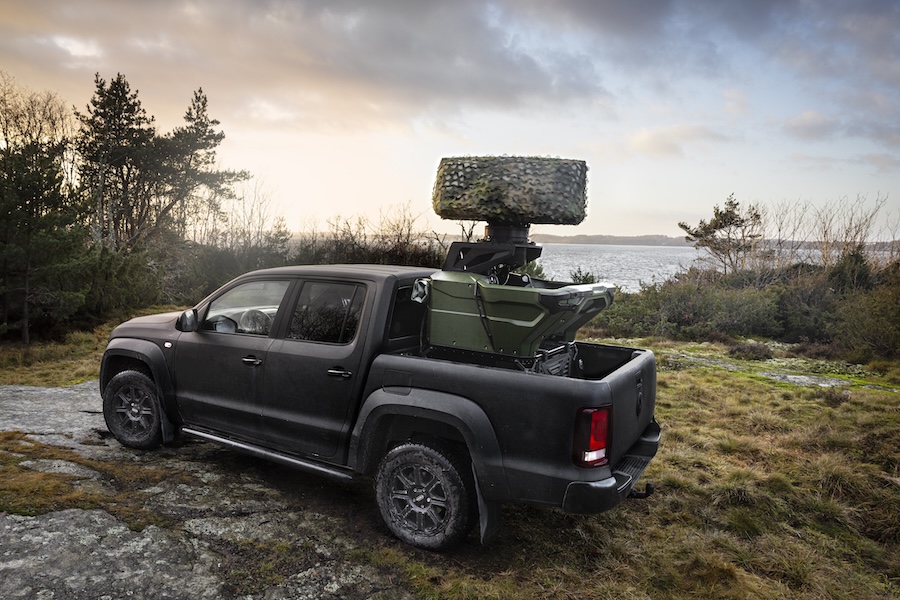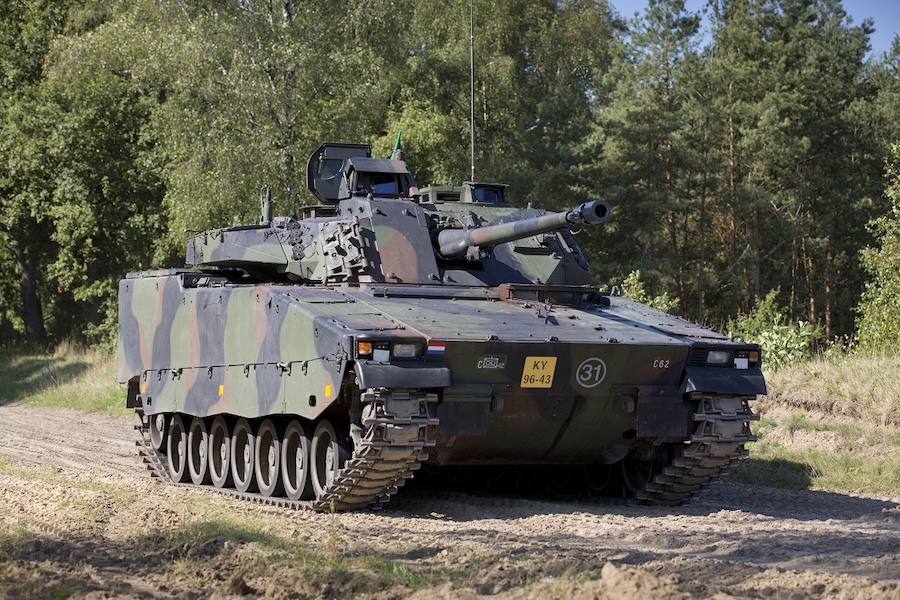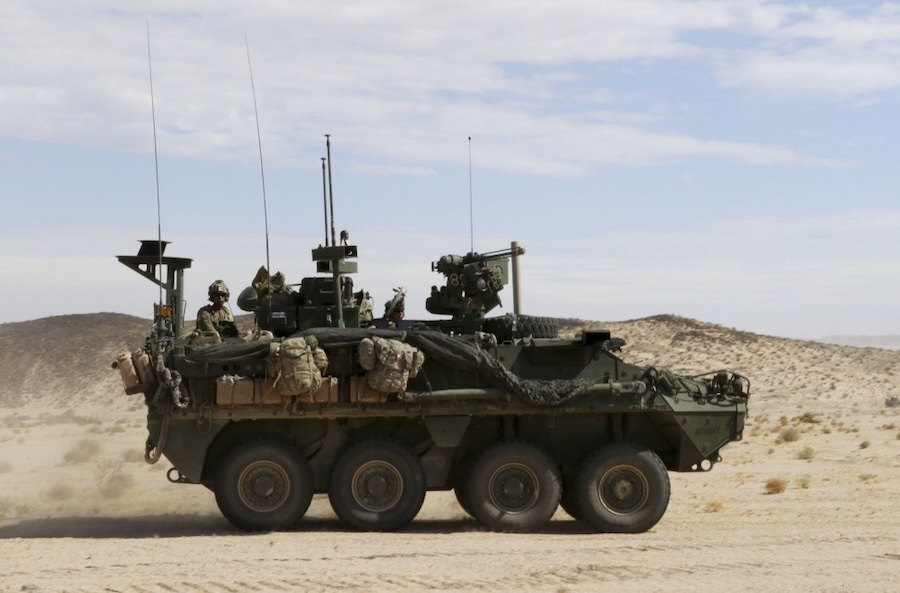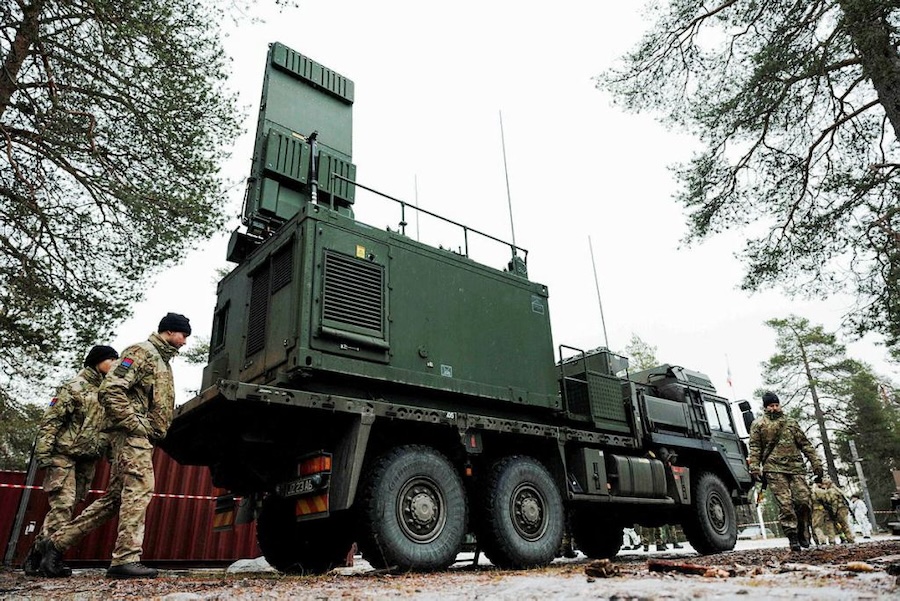The programme aims to develop aircraft capable of cruising at speeds between 400 and 450 knots at operational altitudes, while also being able to hover in austere environments and operate from unprepared surfaces. Bell previously completed conceptual and preliminary design work under Phases 1A and 1B of the programme.
“Bell is honored to have been selected for the next phase of DARPA’s SPRINT program and is excited to demonstrate a brand-new aircraft with the first-ever stop/fold technology,” said Jason Hurst, Senior Vice President of Engineering at Bell. “This is an achievement we’ve been working towards for over 10 years, as we’ve leveraged our nearly 90-year history of X-plane development to bring new technology to our warfighters.”
In preparation for this next stage, Bell has carried out a series of risk reduction activities, including tests of folding rotor mechanisms, integrated propulsion, and flight control systems. These efforts took place at Holloman Air Force Base and in wind tunnel testing conducted at the National Institute for Aviation Research at Wichita State University.
Bell has a long-standing history in experimental aircraft development, having pioneered several vertical take-off and landing (VTOL) platforms such as the X-14, X-22, XV-3 and XV-15 for NASA, the U.S. Army and U.S. Air Force. The company continues to build on its legacy, which includes the historic Bell X-1, the first aircraft to break the sound barrier.



